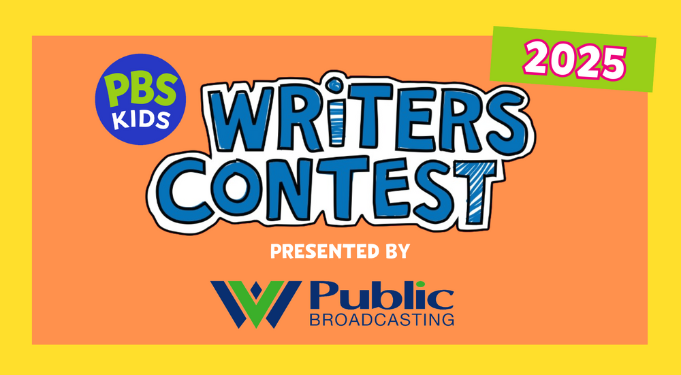National academic assessments have shown the pandemic students across the nation lost ground in both reading and math. One study is pinpointing the investments needed to be made in education to ensure future success.
The Kids Count Data Book from the Annie E. Casey Foundation indicates West Virginia kids fared worse than their counterparts in most other states. Their annual assessment ranks West Virginia as having the third worst educational outcomes for children in the country based on the 2022 National Assessment of Educational Progress. According to the data, 78 percent of the state’s fourth graders are not proficient in reading, while 85 percent of eighth graders are not proficient in math.
In its 35th publication, the Kids Count Data Book focused on ensuring kids have what they need to be ready to learn, and on the impact of chronic absences and adverse childhood experiences.
“In West Virginia, I think we are seeing – and even prior to the pandemic have seen – that poverty and educational outcomes have that inextricable link,” said Kelly Allen, executive director of the West Virginia Center on Budget and Policy, which is the state-level partner of Kids Count.
According to the Data Book, 45 percent of West Virginia students have experienced one or more adverse childhood experiences, and more than a third were chronically absent from the 2021-22 school year.
In the midst of statewide staffing shortages, Allen said educators and policymakers are struggling to get students back to a pre-pandemic baseline. One possible solution she and the report both point towards is set to expire in the coming months. By Sept. 30, 2024, states must draw down funding from the $190 billion federal Elementary and Secondary School Emergency Relief (ESSER) program authorized by several pandemic-era relief bills. Allen said the funding could jump-start new initiatives or sustain existing endeavors.
“It’ll be really important for state lawmakers, and hopefully federal lawmakers as well, to recognize that we haven’t overcome the challenges related to the pandemic,” Allen said. “We really need to make sure we’re not going backwards as this funding expires. If we have fewer social workers, if we have fewer school psychologists, fewer support staff that’s helping get kids back up to speed in reading and math and other things, we’re gonna really see some negative consequences in the long term.”
The data book also presents a focus on community schools as a way to accomplish many of the necessary interventions to ensure student success. Community schools are defined as public schools that not only focus on academics but also provide wraparound support to kids and families, are natural homes for tutoring, mental health support, nutritional aid and other services.
Allen said that most school districts in West Virginia have seen a decline in enrollment over the past several years, leading to fewer state dollars.
“We’re seeing in Harrison County three schools close,” Allen said. “There’s a lot of consolidation happening, and it’s happening in other places as well. That’s kind of the inverse of community schools, kids having to be bussed further. This is not a time to reduce resources for schools, because kids have more needs than they did a few years ago.”




















 Steve Heap/Adobe Stock
Steve Heap/Adobe Stock